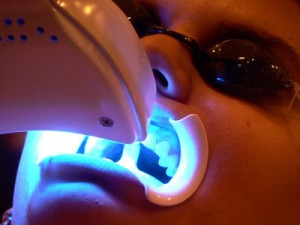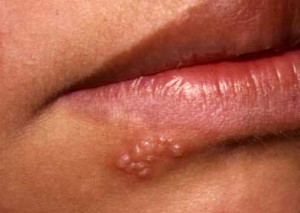Introduction
Lasers used in dentistry are engineered and designed to perform special functions without changing or damaging the surrounding tissues or materials.
History
The functioning of a laser goes back to Albert Einstein’s quantum theory of radiation and includes other theories that help explain the local tissue damage. The first laser was demonstrated in 1960. It was ruby laser, 694nm wavelength. Interest in the medical implications of laser light was high and already in 1967 , some of the first reports appeared on the effects of very low doses of ruby light on biological tissues. In animal studies, it was observed that experimental wounds healed better if irradiated and that even the shaved fur of the experimental animals reappeared faster in the irradiated areas. There appeared to be a biological window for the dose. If too low, there was no effect, if too high there was a suprresive effect. Not much later, the Helium-Neon laser was introduced in research and the results were similar. Later on, diode lasers were introduced and they provide the same results, although some wavelengths appeared to be better for certain indications. In particular, the introduction of infrared lasers improved the optical penetration of the ligh, reaching deeper lying tissues. The first commercially available lasers in the early 80’s were extremely low powered, below 1mW was used, in spite of the fact that the first scientific reports used 25 mW. This partly explains the initial contoversy about therapeutic dosage to be used. With the rapid developement of laser diodes, the powers of therapeutic lasers have changed dramastically and diode lasers today are typically in the range of 50-500 mW. Increased power has not only shortened the treatment time but also improved the therapeutic results.
Lasers in Dentistry
In dentistry, the targets can be enamel, decay, gum tissues or whitening enhancers. Each one absorbs a different wavelengths of light while reflecting other wavelengths. No measurable effect is seen beyond the intended target site. Lasers are very specific in regard to the wavelength produced . This means that there must be a different laser for each type of procedure that you want to complete. There is little or no sound associated with laser treatment. The advent of Water Laser has opened new frontiers for dental patients. This laser is very different from other lasers and offers more options and more comfort for the patients due to its patented use of water cooling spray
Therapeutic Uses of Lasers in Dentistry
Caries Removal
Cavity removal can be accomplished with two currently available laser machines. Both have the ability to remove the decay within a tooth and prepare the surrounding enamel for bonded fillings. The need  for anaesthesia is greatly reduced or eliminated over the traditional methods. Laser energy dramatically reduces the bacteria found in dental decay, and has been demonstrated to enhance the tooth’s ability to “heal” in situations where “deep cavities” had existed. However, there exists several limitations to decay removal through laser like inability to adequately remove silver fillings, onlays and crowns
 Curing and tooth whitening
Curing, or hardening bonding materials is another area where lasers have become important. These lasers drastically reduce the time it takes to finish a filling and create what some researchers have shown to be a stronger restoration.
Whitening teeth can be accomplished with special solutions that are applied to the tooth surface in the dental office and activated by laser energy. Colour changes of several shades are possible in a very short time. When combined with at-home tray based whitening systems, dramatic changes can be seen in even the most difficult cases.
Dentinal Hypersensitivity
With the advent of desensitizing agents, the prevalence of treatment -resistant dentinal hypersensitivity has diminished considerably. On the other hand, the placement of composites and inlays has brought a new reason for the very same. Gershman has shown that the dentinal hypersensitivoty can be successfully treated with laser therapy. Mild pulpitis requires higher doese than the common dentinal hypersensitivity and repeated treatments. Frequently sensitivity due to abrasion can be treated with only one treatment
Herpes Simplex
Oral herpes (HSV1) is a common feature in the dental operatory. Instead of being a contraindication for dental treatment during the acute period, an onset of HSV1 can be a good reason for a visit to the dentist. As with any treatment of HSV1, a treatment in the early prodromal stage is the most successful. The pain will be reduced immediately and the blisters will dissappear within few days. Unlike acyclovoir tablets, there are no side effects. It has been studies that laser therapy can even be used in the latent period between attacks to lower the incidence of recurrence.


